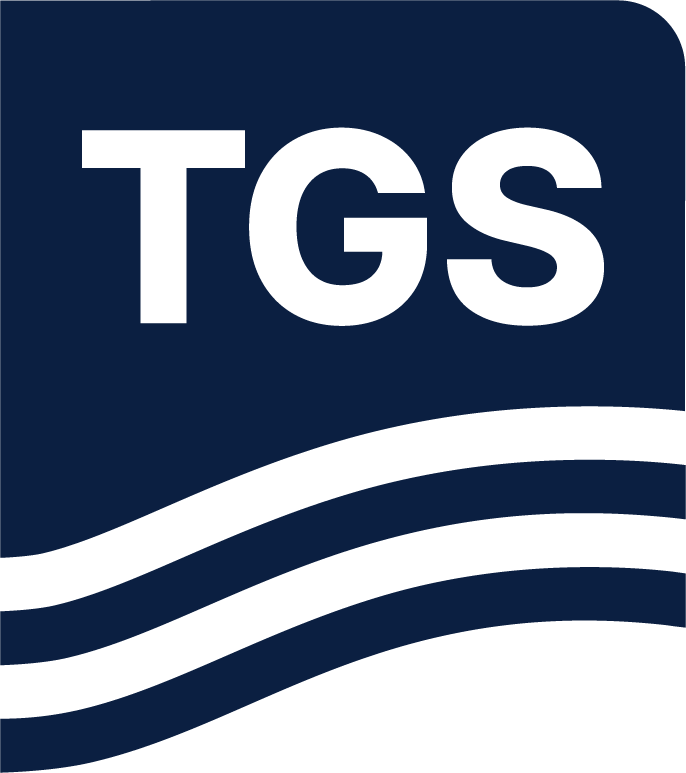Paper Summary
Horizontal (H) components of ocean bottom node surveys are acquired at no additional cost to the extensively analyzed vertical (Z) and pressure components. Despite this, H components are seldom processed for reflected converted compressional (P) to shear waves (PS-waves), and less so for reflected P waves (PP) due to a perceived lack of value relative to the added processing cost. Recent advancements in elastic migration methods have sparked interest in the H components given a clear rationale for enhancing PS imaging and interpretation through
joint migration. Conversely, the potential benefits of the PP energy observed on the H components (HPP data) are less understood. We investigate the foundational characteristics of HPP data and its contribution to P-wave imaging using idealized acoustic synthetic datasets, free of PS-data and surface-related multiples. HPP illumination varies with respect to bed structure (e.g., dips and depth) like traditional Z component P-wave (ZPP) data but is more sensitive to acquisition geometries. Specifically, we present observations of polarization and strong illumination biases to signed-offsets which motivate a need for strategic handling of HPP data in processing flows. Using partial-offset stacks, we demonstrate that HPP data enhances traditional ZPP imaging most effectively for shallow dipping beds and beneath salt overhangs where inter-salt multiples complicate the ZPP image. Our results elucidate the broader need for studying the sensitivities of all component data prior to joint processing, and more specifically present new understandings of how HPP data can be optimally employed to reduce the uncertainties of traditional ZPP imaging.

